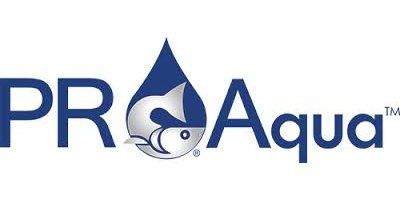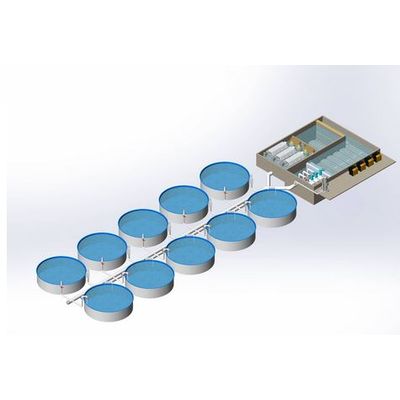

PR Aqua, ULC
- Home
- Companies
- PR Aqua, ULC
- Products
- PR-Aqua - Recirculating Aquaculture ...

PR-Aqua - Recirculating Aquaculture System (RAS)
FromPR Aqua, ULC
Recirculating Aquaculture System, or RAS, is a technique for raising aquatic species in a closed, indoor, land-based system. This minimizes water consumption, provides maximum control of the environment, and reduces the risk of exposure to parasites, disease, and predators.
Most popular related searches
recirculation aquaculture system
recirculation aquaculture water
recirculation aquaculture
aquaculture system
fishery product
fishery production
fish production
fish growth
aquatic species
sea lice
How Does RAS Work?
System water is filtered, disinfected, re-oxygenated and conditioned using a variety of technologies and processes so that it is safe for use by the fish. The water is recirculated so that very little make-up water is required, sometimes less than 1%. Waste is recovered for disposal or used as fertilizers.
The Superior Benefits of RAS
- Water savings: 95% - 99% of the water in the system is recirculated within the system, efficiently reducing the amount of water required for fish production.
- Mortality reduction: The closed system ensures biosecurity by reducing or eliminating pathogens. Sea lice and other health conditions that affect fish grown in net pens are not an issue with RAS systems.
- Faster throughput: Optimal water conditions and nutrition provide quicker fish growth.
- Higher quality fish: RAS reduces fish stress, producing healthier, better tasting fish.
- Natural Products: Minimal to zero hormones and antibiotics are used in RAS-grown fish.
- Environmentally Friendly: Water conservation promises a low impact on environmental resources.
- Process Automation: Extensive monitoring systems provide 24-hour control over feed and water quality.
- Location: Fish are produced near the marketplace, reducing transportation costs and providing the freshest fish possible to the consumer.
